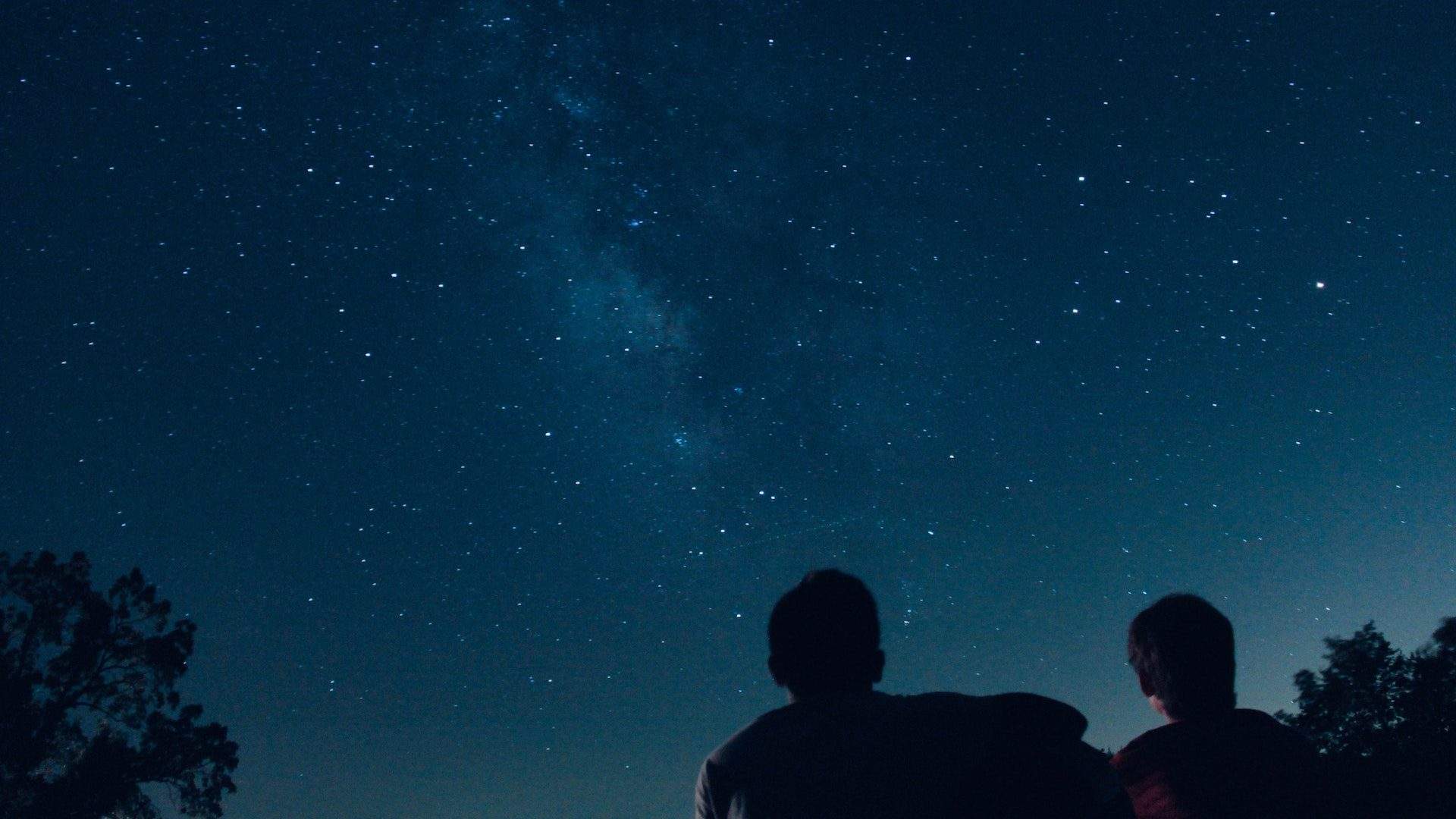Jupiter and Saturn Are About to Appear Closer Together in the Sky Than They Have in 400 Years
It's called a 'great conjunction' — and it's happening this month.
In an emotional sense, things are looking up this December. It's the festive time of the year, 2020's horror show is almost over and a much-needed break from the chaos is upon us. It's also worth peering skywards in a literal sense, however — because an event called the 'great conjunction' is about to happen way above our heads, and seeing it is a once-in-a-lifetime opportunity.
If you're not familiar with the term 'conjunction' within the field of astronomy, it refers to two objects or spacecraft sharing the same right ascension or ecliptic longitude — so they're at the same angular distance in one way or another. What makes a conjunction great? That happens when Jupiter and Saturn are involved. Specifically, it's used to describe the moment that the two planets are at their closest apparent point together in the sky.
Great conjunctions actually happen around every 20 years, when Earth's orbit aligns with the pair as well so that their seemingly close proximity can be seen in our evening sky. The last took place on May 31, 2000 — but the one this month, on Monday, December 21, 2020, is particularly special. That's because Jupiter and Saturn will appear closer together than they have in almost 400 years (since July 16, 1623, in fact). Because of this great conjunction's timing, it's also being called the 'Christmas Star'.
As NASA explains, the two planets "have been traveling across the sky together all year", and getting closer across the month of December. On Monday, though — which coincides with the December solstice — they'll appear a mere tenth of a degree apart. They'll also look so near to each other that Saturn will seem as if it's as close to Jupiter as some of the latter's moons.
And, as timeanddate.com notes, they'll appear so close and bright that they even might look like a single star — if you're wondering why else the 'Christmas star' nickname popped up. Plus, this is also the first time in "nearly 800 years since the alignment of Saturn and Jupiter occurred at night", says NASA. The conditions really couldn't be better in 2020, in other words
The great conjunction will be visible almost everywhere around the globe on Monday evening, and via the naked eye as well. To get the best glimpse, you'll want an unobstructed view of the sky around an hour after sunset — and, to see Jupiter's moons, to use binoculars or a telescope. If you do choose some optical help, you'll be able to see both Saturn and Jupiter, as well as their moons, in the same field of view. And if you're wondering where you're looking, folks in the southern hemisphere should peer towards the western horizon.
NASA advises that the planets won't be as close during the 2040 and 2060 great conjunctions, so 2080 is the next time you'll have a similar planet-watching opportunity. Indeed, as timeanddate.com outlines, only six great conjunctions across the thousand-year period from 1600–2599 will see Jupiter and Saturn appear two tenths of a degree or less apart (and, after this century, the next two won't happen until 2417 and 2477).
December has already delivered a sky show via the Geminids meteor shower, so this may be just the latest astronomical gift this month — but it won't be repeated in a hurry.
The Jupiter and Saturn great conjunction will be visible in the evening of December 21, 2020.





